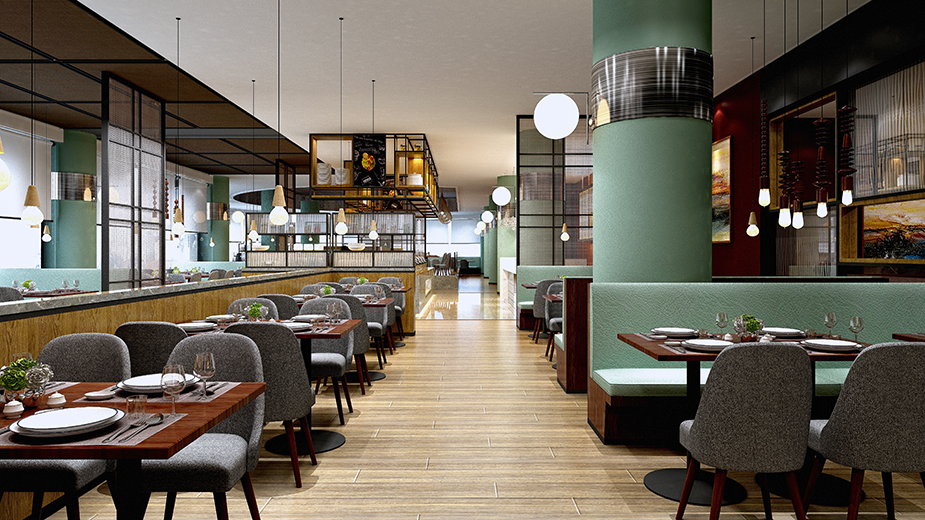What Do Customers Expect from Restaurants Post-Covid?
U.S. restaurants continue to face challenges that include staffing (52%), burnout (50%), compensation (45%) and supply chain issues (40%), according to a survey by Ipsos. Compounding those issues is that 42% of workers within the food service industry want to quit their job.
Today, pandemic-era courtesy is over; consumers are returning to restaurants in full force this year – 31% of them want to dine at restaurants even more frequently than pre-Covid – and, reasonable or not, they’re expecting restaurants to have already solved their supply chain, staffing and training challenges and have worked the bugs out of pickup and delivery technology.
Their primary motivations are to try new foods and cuisines, as well as convenience (i.e., getting their food quickly). Secondary motivations include spending quality time with family and friends.
The most important factors for an enjoyable dining experience, as cited by survey respondents, include spending quality time with family and friends (52%), getting the most value for their money (45%), making healthier meal choices (20%), trying something new (18%), getting a meal quickly and easily (14%), entertainment value (9%) and having a meal that is popular (5%).
Frustration among consumers is increasing, and consumers are far less loyal to brands that are consistently underperforming.
Pickup and delivery technologies are the new norm. But their speedy implementation for many restaurants proved painful. Communication is critical, but many restaurants fail to consistently communicate – 24% of restaurants fail to confirm an order and give a pickup time, while 19% do not provide clear pickup instructions. A whopping 70% do not notify customers when their orders are ready. In addition, many restaurants force consumers to use their app for communication, rather than the consumer’s preferred channel.
For many consumers, curbside pickup is still new, and the details differ between brands and locations. Despite this, many restaurants still fail to clearly explain how to pick up an order. Many consumers arrive and are then made to wait, either because the restaurant doesn’t have their order ready or because they are understaffed and unable to expeditiously get the order out to a consumer’s vehicle. Simple things like acknowledging customers when they arrive and confirming their order is ready could improve this experience.
Whether restaurants want to admit it or not, third-party delivery services still represent their brand. When they make mistakes, show up late, deliver cold food, etc., it reflects poorly on the restaurant as much as, if not more than, the delivery service. In research conducted by Ipsos, nearly half of consumers say they’ll blame the restaurant as well as, or in addition to, the delivery service if there is a problem with their order.
So what’s next? Restaurants must address three key issues to ensure they are able to satisfy customers in the post-pandemic era:
Brands must focus on delivering a superior experience to what was acceptable pre-pandemic. Simple things like greeting customers when they enter, being friendly and helpful, and maintaining adequate supply levels are table stakes. This involves adequate staffing and training, and is equally important for pickup, where customers grow frustrated and express confusion when restaurants do not greet them as they arrive or provide confusing instructions.
Integrated technology is also key. Just as customers want to be greeted when they enter a restaurant, they also want their orders to be confirmed, pickup times to be communicated, and restaurants to have orders ready when they arrive. Consistent and clear communication is key; it is not actually possible to over-communicate with customers about their orders, particularly when they are experiencing something for the first time.
Finally, regular measurement of the subjective customer experience, as well as measurement of objective metrics like wait time, being greeted on entry, order accuracy, etc., is critical to ensuring that restaurants are delivering on their brand promises and keeping customers satisfied.
Source: Ipsos.com.
Published by The Business Journal, Youngstown, Ohio.



